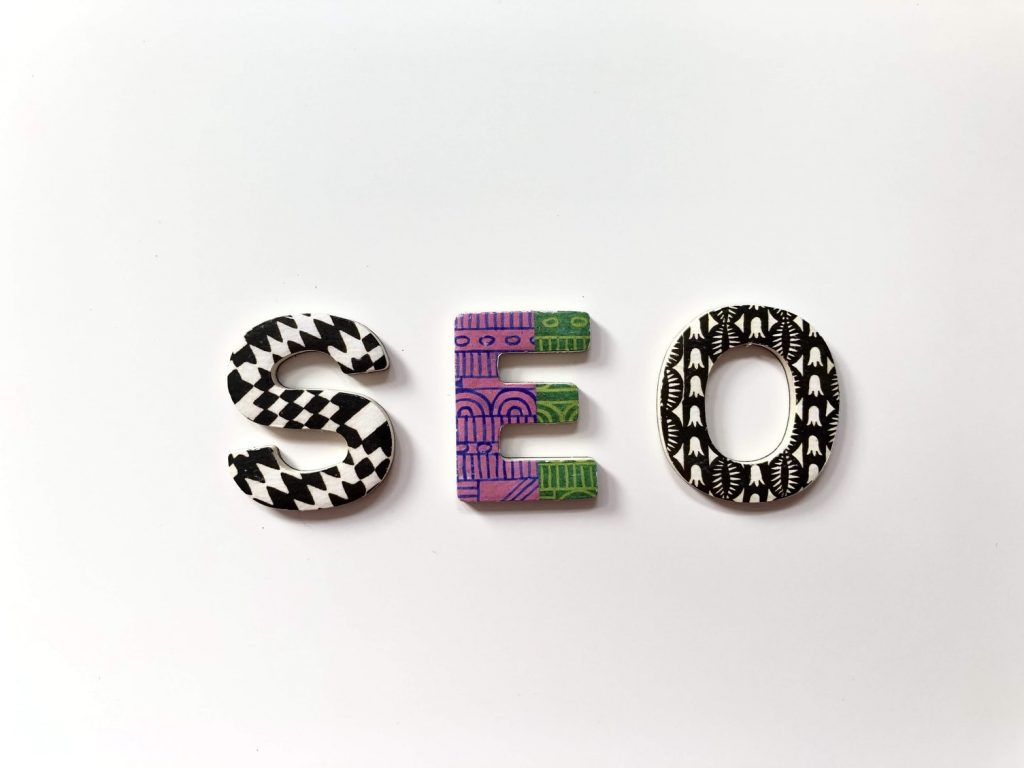It doesn’t matter how gifted a wordsmith you are or how valuable your content is to your audience. If you don’t have your copy optimized for SEO rankings, you’ll never get it in front of as many eyes (not to mention the right eyes) as you want.
Search engine optimization, commonly referred to as SEO, is what drives traffic to your website. Be it your blog, your homepage, or your portfolio of poems dedicated to your pet duck, strong SEO optimization is the only way to stand out in the vast, crowded world of the internet.
For years, that meant flooding your copy with the right keywords and keyword phrases that people looking for your content would use to find it. For example, someone searching for waterfowl-inspired prose would type “duck poem” or “poems about ducks” into Google. To capture that traffic, it would be in your best interest to include those keywords somewhere on your duck poetry page. This alerts Google that your page is the place to go for waterbird-themed sonnets.
It used to be that simple, but as the internet is expanding and our virtual worlds become more and more intuitive, so does SEO optimization.
Semantic SEO is the latest innovation in traffic-driving efforts, and learning how to use it will completely alter the way you approach your content.
What Is Semantic SEO?

Once marketers and companies got the hang of traditional SEO practices, they began what was called “keyword stuffing,” which basically just means you’re stuffing as many keywords as you can into a piece of copy to get it to rank higher on Google. As you can imagine, this practice did not make for high-quality content—and Google noticed.
Semantic SEO is moving the methods of driving online traffic away from specific keywords. It adds a new, complex layer to SEO by forcing the content creator and copywriters to add more meaning and value to their content. The more depth, length, and overall value the piece give to the reader, the more traffic Google will drive.
So, instead of focusing on a single keyword phrase, like “the best laundry detergent,” you would want to focus on the topic of laundry detergent as a whole. This means answering any and all questions about laundry detergent you can think of:
- How to choose the best laundry detergent
- What laundry detergent is the most affordable
- What laundry detergent is the most eco-friendly
- The best laundry detergent for sensitive skin
You get the idea.
Rather than simply searching a page for the right keywords, Google now searches the page to see which content is providing the most information about that keyword.
The goal of this change isn’t to make content agencies, creators, and marketers work harder (or write longer pieces). It’s really all about the push to reduce spam and unuseful, inaccurate, and misleading information online. So while it will be a bit tedious in the interim, most of us contributing to the virtual space can agree that SEO semantics are for a good cause.
How To Use Semantic SEO?

Using Semantic SEO in your content really comes down to a few key things:
- Giving value to the reader about a certain topic
- Understand what exactly the reader is looking to find when searching for that topic.
The first part makes total sense—give the reader something that they can take home by the time they’ve reached the end of the page. Don’t waste people’s time with nonsense or irrelevant information. Get to the point, and make your point a strong one.
The second part is where things get a little complex because it requires what can often feel like an attempt at mind-reading: target market research.
When Google, Bing, and other search engines scan copy for SEO semantics, they’re doing so from the eyes of the user. Not only do they look for content that’s providing the right kind of value, but they determine the results based on the person searching: where they live, what they’ve previously looked up, the language they use, etc.
Semantic SEO is more intuitive and focused on creating a richer user experience. And the best way your content can reflect that is by understanding who your user might be.
Understanding The User
In order to properly optimize your content for Semantic SEO, you have to uncover the meaning behind why someone would search for a specific keyword or keyword phrase. Because once you understand that, you can determine what else they would want to know about this topic.
For example, let’s say someone is searching for the “best first car.” While the experience of purchasing a first car can belong to anyone, it is most likely a parent or guardian purchasing the first car for a teenager. If you have that user in mind, you can optimize your content to include other information this person would find helpful, such as:
- How much to spend on a first car
- The best safety features to look for
- How to teach your child to drive
- When to give a child their first car
- The safest cars for teenagers
- How to pick out a good used car
So even though the user might have been looking for a list of best first car options, they’ve now stumbled upon some more important information to help them make their decision. Including additional relevant topics is not only valuable to the reader (and impressive to Google), but it also keeps traffic on your page longer and increases the likelihood that the user will poke around your site to see what other helpful content you have.
A good way to start thinking about this concept in your content is to ask yourself this question: after the user has found the information they searched for, what else will they want to know?
The more you can anticipate and answer the user’s follow-up questions, the higher you’ll rank on Google.
While brainstorming your own answers to these questions helps, you can also utilize Google’s “People also ask” section to uncover other questions you can answer. This box pops up on every search page, and it comes loaded with tons of additional, relevant questions you can address in your piece.
Best Semantic SEO Content Practices
Now that you’ve mastered the basic concept for implementing Semantic SEO into your content let’s go over some of the best practices for optimizing.
First, you’ll want to restructure your content strategy to be about one thing and one thing only: topically relevant content. This means thinking less about short-form blog posts that answer one question and more about complete guides that tell you everything you need to know.
So instead of “7 Tips For Starting A Paleo Diet,” go for “A Complete Guide To Starting Paleo.”
Yes, this will require more work and time to create, but you’ll have to create less content if the larger pieces are ever-green and ever-ranking. When you have that kind of highly valuable content, you can hold the #1 spot on a Google search page for a while.
As you’re writing these long-form guides, you’ll want to make sure you include everything you can think of about this topic that the reader would find helpful and useful. So it’s imperative that you create an outline before you ever start writing.
Think of these posts less like articles or blogs and more like eBooks designed to teach someone everything there is to know about XYZ.
In your topic outline, you’ll want to use those additional, follow-up queries (like the ones from the “People also ask” section as your subheads to increase your visibility with Google.
Another formerly great SEO practice that has since died is creating multiple pages for different variations of the same keyword phrase. For example, if you were targeting the best fertilizer, you’d want to create a second page optimized for “best fertilizers.”
Read: Do You Fear to Ask These SEO Questions? Here are the Answers
That is no longer a thing, but what does help is using those different variations across your page. So, with this example, you could include:
• Best fertilizer
• Best fertilizers
• Top fertilizers
• Fertilizers that work
• Best fertilizer 2021
Using the same variation of keywords in your copy not only prevents you from keyword stuffing but also helps you grab traffic from people who are searching for different variations of the same thing.
And finally, you want to make sure your content is long. While we touched on this initially, it’s important to have some word-count goals you should short for when writing.
The 500-word blog post is no longer going to get you the high rankings you want. With Semantic SEO in mind, you’ll want to craft pieces that are at least 1,000 to 2,000 words. But don’t be afraid of getting as long as 4,000 to 5,000 words.
For Semantic SEO, the more valuable content you can give the reader, the better. Implementing these practices will take more time and effort, but your energy is well worth the results.







